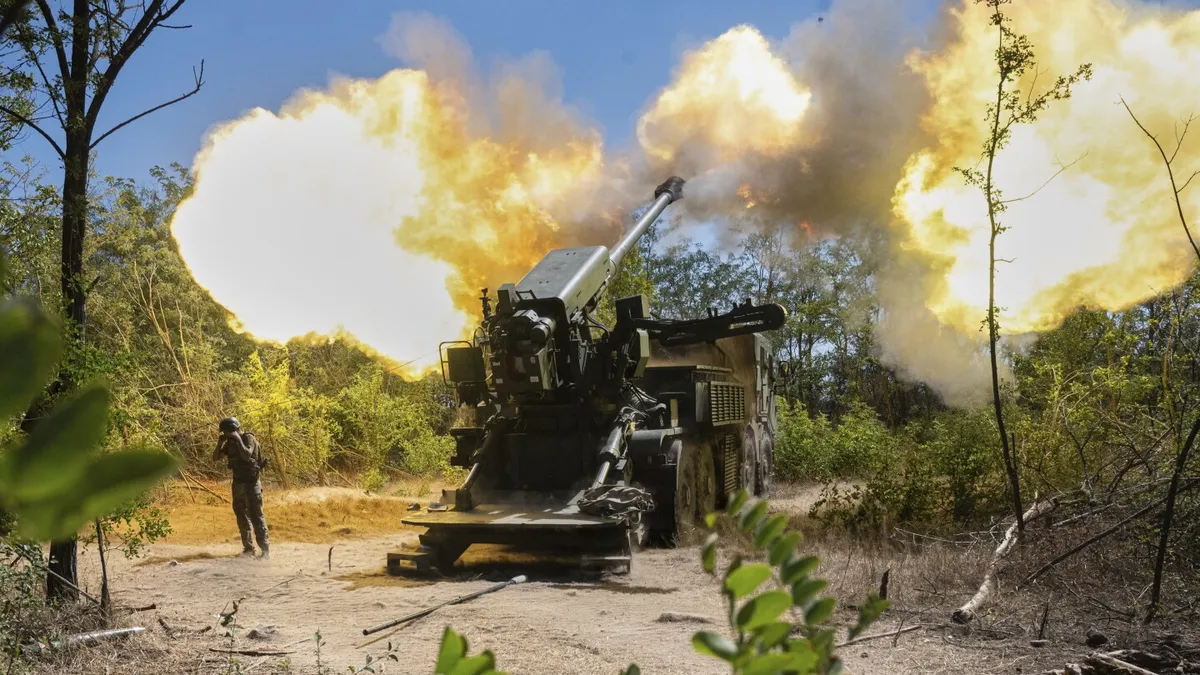
In a significant escalation of hostilities, Russia has launched one of its largest aerial assaults of the year against Ukraine, deploying a staggering 574 drones along with 40 ballistic and cruise missiles in a single night, as reported by the Ukrainian Air Force on Thursday. This latest attack comes at a time when a renewed diplomatic effort to end the three-year conflict is underway, aiming to gain vital momentum.
The assault predominantly focused on the western regions of Ukraine, areas where much of the military aid from Western allies is believed to be delivered and stored. The strikes resulted in the tragic loss of at least one life and left 15 others injured. Official figures indicate that this marks Russia’s third-largest aerial attack of the year in terms of drone deployment and the eighth-largest in missile usage. Historically, many Russian attacks have targeted civilian infrastructures, leading to widespread destruction and loss of life.
The timing of the strikes is particularly noteworthy, coinciding with a renewed U.S.-led initiative aimed at reaching a peace settlement following Russia’s invasion of Ukraine in February 2022. Last week, U.S. President Donald Trump engaged in discussions with Russian President Vladimir Putin in Alaska. Following these talks, Trump hosted Ukrainian President Volodymyr Zelenskyy along with European leaders at the White House. Since these discussions, Russia has launched nearly 1,000 long-range drones and missiles against Ukraine, showcasing its aggressive stance despite ongoing peace negotiations.
Ukraine and European leaders have accused Putin of deliberately stalling peace efforts, which include a proposed ceasefire from Ukraine and Zelenskyy’s willingness to engage in direct dialogue with the Russian leader. The Kremlin's response to these proposals has been notably lukewarm. In the wake of the recent attacks, Zelenskyy condemned Russia's actions, stating that they were executed “as if nothing were changing at all.” He called upon the international community to exert stronger pressure on Moscow, advocating for tougher sanctions and tariffs.
In response to the ongoing aggression, Ukraine has continued its own offensive operations, utilizing domestically produced long-range drones to target Russian infrastructure that supports the war effort. Key targets have included oil refineries, and recent reports indicate that Russian wholesale gasoline prices have surged to record highs. Notably, almost all of the missiles fired during the recent assault originated from within Russian territory, striking deep into western Ukraine, near the Hungarian border.
In the western city of Lviv, the aerial strikes resulted in one fatality and three injuries as they damaged 26 residential buildings, a kindergarten, and various administrative structures, according to regional head Maksym Kozytskyi. The Regional Prosecutor’s Office confirmed that three Russian cruise missiles equipped with cluster munitions struck the city. Additionally, Ukraine’s Foreign Minister Andrii Sybiha revealed that Russia targeted a “major American electronics manufacturer” in western Ukraine, although specific details remain undisclosed.
In remarks made on Wednesday, which were embargoed until Thursday, Zelenskyy stated that Ukraine would engage in intensive meetings to clarify the security guarantees that its allies are willing to provide. National security advisers and military officials are currently working on these plans, which are expected to become clearer within the next 10 days. Zelenskyy expressed hope to hold direct talks with Putin for the first time since the onset of the full-scale invasion, potentially in a trilateral format alongside Trump. Locations being considered for these discussions include Switzerland, Austria, and Turkey.
Meanwhile, Russian Foreign Minister Sergey Lavrov remarked that negotiating security arrangements in Ukraine without Moscow’s involvement would be unfeasible, according to state news agency RIA Novosti. Zelenskyy emphasized during his meeting with Trump that the battlefield situation is not as dire for Ukraine as portrayed by Putin, pointing out inaccuracies in U.S. maps that suggested Russia controls more territory than it actually does.